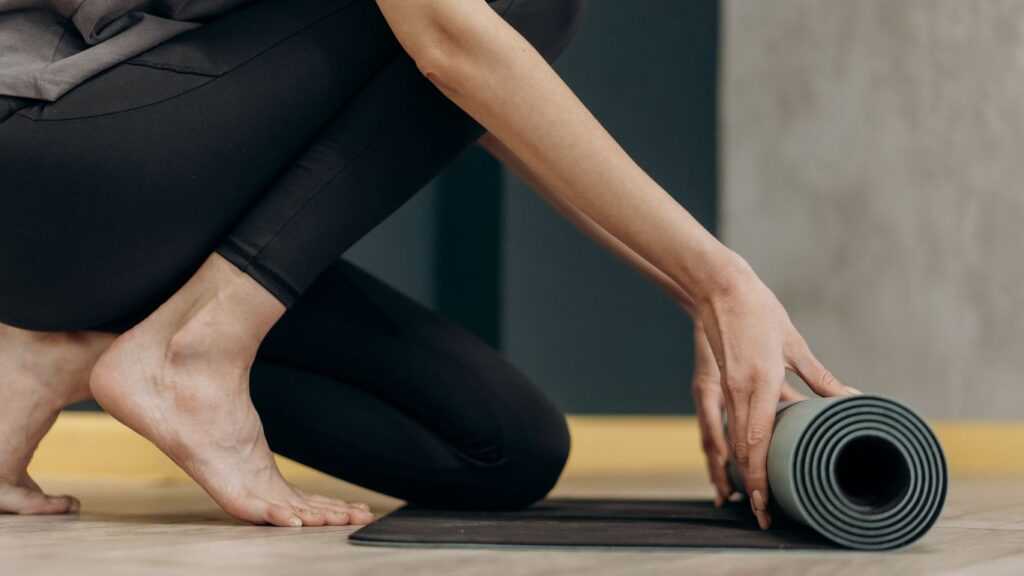Ever feel like your days are a whirlwind of activities, leaving you drained and disconnected? You’re not alone. In our fast-paced world, finding moments of peace and clarity can seem impossible. That’s where mindfulness comes in.
By integrating mindfulness into your daily routine, you can transform even the most mundane tasks into opportunities for relaxation and self-awareness. It’s not about meditating for hours; it’s about being present in the moment, whether you’re drinking your morning coffee or commuting to work. Let’s explore how you can seamlessly weave mindfulness into your everyday life and start reaping its benefits.
The Benefits of Integrating Mindfulness into Your Daily Routine
Improved Mental Health
- Enhance Mental Health: Mindfulness practices can significantly reduce symptoms of anxiety and depression.
- Stress Reduction: According to a study published in the “Journal of Clinical Psychology,” mindfulness-based interventions reduce stress levels by up to 30%.
- Consistent Exercises: Consistent mindfulness exercises, such as mindful breathing and body scans, help regulate emotions and promote a sense of calm.
- Lower Cortisol: By staying present, individuals lower cortisol levels and improve their overall mood.
Enhanced Focus and Concentration
- Boosts Focus: Engaging in mindfulness activities daily boosts focus and concentration.
- Enhanced Attention: The “Harvard Business Review” reports that mindfulness training enhances attention span, with employees experiencing a 47% improvement in their ability to focus.
- Mindful Techniques: Techniques like mindful walking and single-tasking increase the brain’s capacity to concentrate on specific tasks.
- Better Cognitive Performance: Practicing mindfulness regularly results in better cognitive performance and sharper decision-making skills.
Practical Tips for Incorporating Mindfulness into Everyday Activities

Using Mindful Breathing Techniques
Mindful breathing techniques help anchor attention and provide immediate stress relief. Start by finding a quiet space, then sit or lie down comfortably. Close your eyes, take a deep breath, and slowly exhale. Focus attention on the sensation of air entering and leaving the nostrils. If the mind wanders, gently bring it back to the breath without judgment. Practicing this for 5-10 minutes daily enhances emotional regulation and reduces anxiety.
Mindful Eating Practices
Mindful eating promotes awareness of hunger and fullness cues. Begin by eliminating distractions, such as turning off the TV or putting away phones. Observe the colors, textures, and aromas of the food. Take small bites, chew slowly, and savor each mouthful. Notice the flavors and how the body responds to the food. This approach not only improves digestion but also fosters a healthier relationship with food, reducing overeating and enhancing enjoyment.
Setting Up a Mindfulness Space at Home
Choosing the Right Location
Selecting an ideal spot at home matters for mindfulness practice. Pick a quiet, undisturbed area to enhance focus. Natural light benefits mood and concentration, so a place near a window works well. If outdoor space is an option, a garden or patio can serve as a tranquil mindfulness spot. Ensure the chosen area has minimal traffic to maintain a sense of peace. Prioritize comfort, as this promotes longer and more effective mindfulness sessions.
Essential Elements for a Mindfulness Area
Including the right elements creates an inviting mindfulness area. Soft cushions or a comfortable chair support seated practices. Adding calming items like plants, candles, or essential oils fosters a serene ambiance. Use a small table or shelf to keep mindfulness tools like meditation bells, journals, and guided meditation devices organized. Incorporate sound elements such as a white noise machine or gentle background music to eliminate distractions and enhance relaxation. Keeping the space clear of clutter is crucial for maintaining mental clarity during mindfulness practices.
Overcoming Common Challenges in Maintaining a Mindfulness Practice
1. Dealing with Distractions
Maintaining focus during mindfulness practices often comes with distractions. Incorporating strategies to minimize interruptions can enhance mindfulness experiences. Choosing a quiet, clutter-free environment reduces sensory overload. Using noise-canceling headphones or playing white noise can block external noise. Setting specific practice times and informing those around can prevent unexpected disruptions. If thoughts wander, gently guiding attention back to the breath or chosen focal point can reinforce mindfulness.
2. Staying Consistent
Consistency in mindfulness practice poses a significant challenge for many. Integrating mindfulness into daily schedules ensures regular practice. Setting reminders on phones or placing visual cues like sticky notes in common areas can prompt practice. Starting with short sessions, such as five minutes daily, makes it easier to develop the habit. Gradually increasing session length as comfort grows can lead to more substantial benefits. Joining a mindfulness group or using an app also provides structure and accountability, making it easier to stay committed.
Conclusion
Embracing mindfulness can transform our daily lives. By being present in the moment and incorporating mindful practices, we can achieve greater mental clarity and emotional balance. Simple techniques like mindful breathing and eating can make a significant difference. Creating a dedicated mindfulness space at home and overcoming common challenges with consistency and focus can further enhance our practice. Whether through personal effort or joining mindfulness groups, integrating mindfulness into our routines is a powerful step toward a more centered and fulfilling life.

 Justin Langer is a key contributor at Info Wave Circle, known for his insightful articles and creative approach to technology and societal issues. With a deep passion for innovation and a knack for storytelling, Justin plays a crucial role in communicating the vision and achievements of Info Wave Circle to a broader audience.
Since joining the team, Justin has been instrumental in crafting compelling content that highlights the transformative potential of technology. His work not only informs but also inspires the Info Wave Circle community and beyond. Justin’s dedication to exploring new ideas and his ability to convey complex concepts in an engaging manner make him an invaluable asset to the organization’s mission of fostering innovation and societal progress.
Justin Langer is a key contributor at Info Wave Circle, known for his insightful articles and creative approach to technology and societal issues. With a deep passion for innovation and a knack for storytelling, Justin plays a crucial role in communicating the vision and achievements of Info Wave Circle to a broader audience.
Since joining the team, Justin has been instrumental in crafting compelling content that highlights the transformative potential of technology. His work not only informs but also inspires the Info Wave Circle community and beyond. Justin’s dedication to exploring new ideas and his ability to convey complex concepts in an engaging manner make him an invaluable asset to the organization’s mission of fostering innovation and societal progress.
